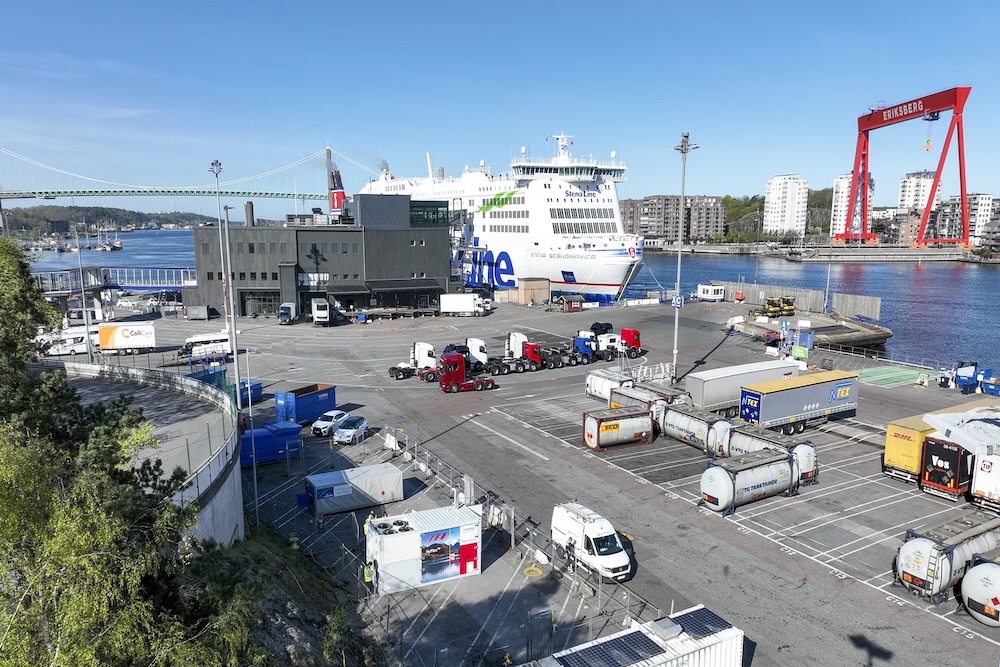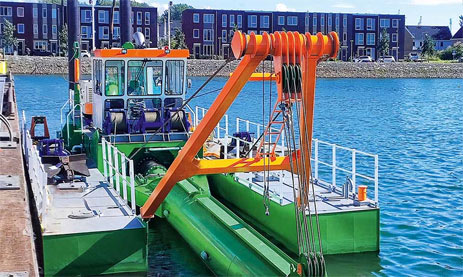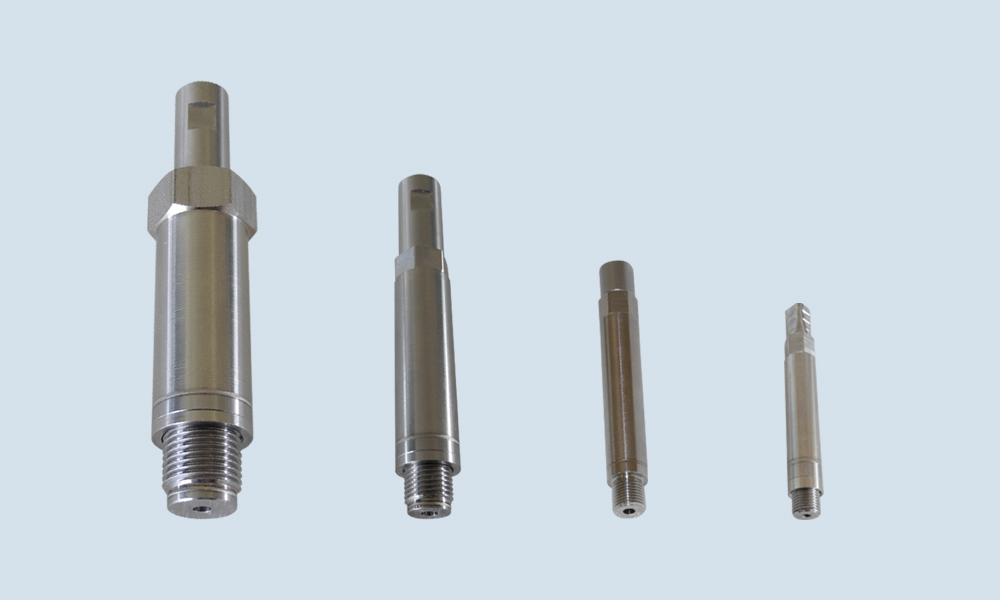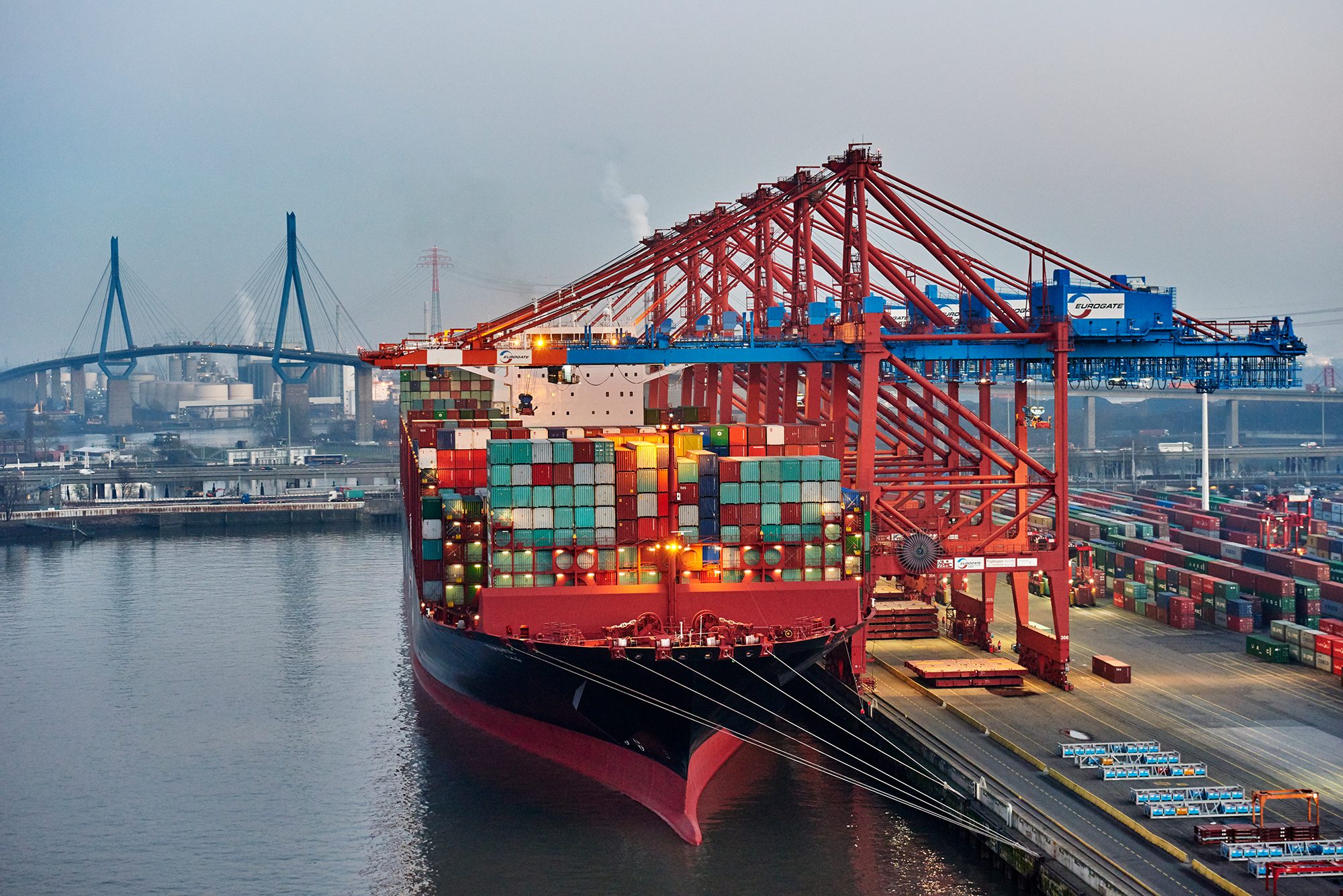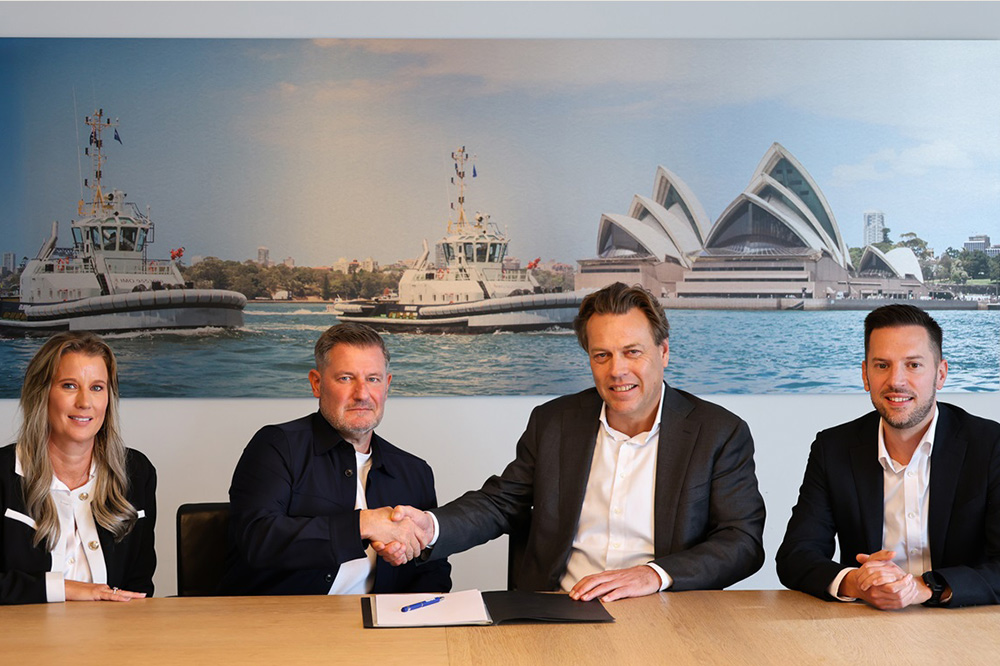A pilot project that supplies ships in the port of Gothenburg with electricity from a hydrogen generator is now entering its final phase.
The method could pave the way for lower emissions in other ports where conventional shore power connections are not possible. This is because running ships in port on electricity instead of their conventional engines can save large amounts of carbon dioxide emissions. According to a report by the European Parliamentary Research Service (EPRS), between 6 and 7% of carbon dioxide emissions from maritime transport are generated while ships are in port in the European Economic Area (EEA).
The first systems for connecting ships to shore power – known as On-shore Power Supply (OPS) – were installed in the Port of Gothenburg in the early 2000s. At the time, the OPS systems at Stena Line’s terminals for German and Danish traffic were among the first of their kind in the world.
Mobile hydrogen generators as an alternative
However, many other ports in the EU and around the world have not yet reached this stage and often do not have the necessary prerequisites. After all, OPS systems require considerable investment and a robust electrical infrastructure in the ports. Alternative solutions are needed in such ports. Mobile hydrogen generators, such as those currently being tested at Stena Line’s German terminal, could represent a promising way forward.
As part of a two-week pilot project, a hydrogen-powered generator was connected to Stena Line’s existing shore power system in the port of Gothenburg. The generator, which runs on green hydrogen, supplied the ships “Stena Germanica” and “Stena Scandinavica” with electricity during laytime.
“At Stena Line, we are committed to working together to test new technologies to reduce emissions in our industry,” says Anders Peterson, Group Head of Port Development & Engineering at Stena Line. “This project shows that there are alternative solutions for ports that lack shore power infrastructure.”
Possible way to comply with stricter regulations
In 2030, a new EU regulation will come into force requiring container and passenger ships to use OPS while at berth. According to a study by the ICCT (International Council on Clean Transportation), this is expected to reduce emissions by just over one million tons of carbon dioxide per year. According to Viktor Allgurén, Head of Innovation at the Port of Gothenburg, hydrogen could help ports to meet these requirements.
“As the climate is a common concern for all of us, it is also in everyone’s interest that as many ports around us as possible meet these requirements,” says Allgurén. “With our extensive experience in OPS, we are pleased to be working with Stena Line to test this new technology, which could prove to be a viable solution for many ports.”
Hitachi Energy delivers too
The hydrogen generator tested in the Port of Gothenburg was developed by Hitachi Energy, whose technology partner Power Cell Group is supplying the generator’s power modules and fuel cell integration expertise. During the test, the generator was powered by 100% green hydrogen supplied by gas producer Linde Gas.
“We are very pleased with the results of the recent collaboration with Stena Line, Power Cell Group, Linde Gas and the Port of Gothenburg,” says Tobias Hansson, Managing Director of Hitachi Energy in Sweden. “We attach great importance to working with these industry players to explore new applications for Hy Flex and demonstrate its broad potential – from construction sites to port terminals – to accelerate the energy transition.”
Hydrogen as a fuel has a number of potential applications in a port context. The Port of Gothenburg already has a hydrogen refueling station for trucks, hydrogen-powered work vehicles are currently being tested, and the technology used in the current OPS trial was also recently used by Skanska in the port to power heavy machinery in a major terminal expansion project.
